|
Merry Christmas from Bend, Oregon, just east of the Cascades and Mt. Bachelor. We are staying at the Riverhouse on the Deschutes River. The property is rich with American Mountainash trees, which bear bright red berries during the winter, attracting birds; in our case, hundreds of Cedar Waxwings and American Robins. Above, a Cedar Waxwing resting between courses! Below, some of the flock warming in the early morning sun. These distinctive birds eat berries in the fall and winter, usually in large flocks, eating insects in other seasons as they are available. Below, a 4 frame berry eating sequence: The Cedar Waxwings shared their abundance with a flock of American Robins, also downing berries whole. Merry Christmas everyone, and best wishes for 2017! A note for the photo geeks out there. All images shot with a Canon EOS 7D Mark II with a Canon EF 70-300mm f/4.5-5.6 DO IS USM. I have had this lens for 10 years now - it is compact and great for travel, but is a little "soft" and the diffractive optics creates a circular type of bokeh which I think is apparent in the out of focus background. See this lens review by Bryan Carnathan. Also, the lens construction does not allow use of Canon EF telephoto extenders. Most images shot at 300mm, but for many images I was able to fill the frame. Getting close to the tree and the birds was easy. They were accustomed to a noisy urban environment (cars and trucks) and my presence did not seem to matter.
3 Comments
The last week of June, Dorothy and I visited central Oregon, Bend and Redmond, just east of the Cascades. The weather was beautiful, and we had a chance to visit some of the outstanding areas in and near Bend, including Shevelin Park, Sisters and the Metolius River, Fireman's Lake in Redmond, Cascade Lakes and Mt. Bachelor, and the High Desert Museum just south of Bend, where we saw the Harris's Hawk in flight, below. Shevlin Park
The park is home to many bird species, including Lewis's Woodpecker, named after Meriwether Lewis. He described the bird in May of 1806 on the Clearwater River in what is now Idaho, as the Lewis and Clark expedition was waiting to cross the Bitterroot Mountains after a snowy winter. Lewis's Woodpeckers nest in dead tree trunks on the east side of the park. The males and females gather food for the young, making regular visits to the nest. The following images were taken in low light, hand held. First, an adult looking out of the nest, having made a meal delivery. The second, the same adult in flight. Sisters Oregon, and the Metolius River
Hwy 14 winds north to the origin of the Metolius River, arising from springs with origins in Black Butte. Camp Sherman, a small town of 250, is right on the river, and a great source of supplies and information. The river is a destination for fly fishing, as well as camping and boating. On this trip we stayed on the east banks of the Metolius, and stopped at the Wizard Falls Fish Hatchery. There is a self-guided tour that shows how they hatch eggs, and raise fish in raceways, from fingerlings up to catchable fish. They raise Rainbow Trout, Brook Trout, and three species of Salmon; Kokanee, Chinook, and Atlantic. Above, the tanks where the eggs are hatched. Below fingerlings in a long outdoor cement raceway. Below, catchable fish being raised in a raceway. The raceway is protected by electric fencing to discourage local river otters, who have been know to feast on this all you can eat dinner stop. In fact, one of the otters caught in the act was relocated to the High Desert Museum, where we watched his antics later in the week. The fishery is on the west side of the Metolius, right on the river. After the tour, we walked north on a narrow trail great for getting access to the river for fishing, and on this day, great for birding. The path runs within bushes on the west bank of the river, and at one point we were surrounded by MacGillivray's Warblers. This is their home turf, but they winter in Mexico, and migrate through Tucson. On a recent visit to Aqua Caliente Park in Tucson (click on link to see prior post), our birding group identified this bird in a bush (their favorite hang-out) at some distance. They were much closer on this trip. OspreyCentral Oregon is home to many Osprey. We spotted them hunting over the Cascades Lakes above Mt. Bachelor as well as right in Redmond on Fireman's Lake, and found a nest high in a dead tree just north of the Deschutes River right in Redmond. Below are three images all captured on June 26th on Fireman's Lake (Pond) a shallow pond created some years ago to irrigate a golf course, but now home to ducks and geese, with a mixture of fish. It is youth/disabled fishing spot and city park. Great place for Osprey to look for a meal. Top image of an Oprey hunting for fish, the middle image after the dive and recovery, with what appear to be not one, but two catfish, one in each of its talons (third image). The two images below are of an Osprey nest on a dead tree on the west bank of the Deschutes River, in the southern part of Bend. There is a high mesa above the river, close to SW Century Drive, which makes it possible to see the nest at eye level, although it is high above the river banks. Here we see the male and the female sitting on the nest. The male has recently brought some food. Below the female appears to be scolding the chick. Not sure what the issue was . . . High Desert Museum
Barn OwlAn early afternoon show, the first raptor in flight was the Barn Owl. Above, Owl in flight, below perched on a snag. Below, Owl on snag examining the bait of raw meat left by the handler. Beautiful birds, silent in flight, and flying very close overhead. On all of these images you will see an antenna, used to track the birds if they decide to "take off!" Harris's HawkThese are very social North American raptors, often hunting in groups. Below, a series of images in flight. Aplomado FalconThe Aplomado Falcon is a medium sized falcon of the Americas - for details see the link above. Turkey VultureThe consummate scavenger, these raptors have no feathers on their heads, an oddity among birds, but an adaption greatly suited to eating rotten carcasses! For other images of Turkey Vultures soaring on thermals, see my recent post from Cave Creek Canyon. Swainson’s HawkLarge hawks with broad wings and short tails, they summer in the great plains and the west, and winter in Argentina, a very long commute! Peregrine FalconThe Cornell Lab of Ornithology says it best: "Powerful and fast-flying, the Peregrine Falcon hunts medium-sized birds, dropping down on them from high above in a spectacular stoop. They were virtually eradicated from eastern North America by pesticide poisoning in the middle 20th century. After significant recovery efforts, Peregrine Falcons have made an incredible rebound and are now regularly seen in many large cities and coastal areas." The flight demonstration was conducted by Jon Nelson, a curator at the museum, and the partner for this falcon. Jon conducted a great flight demonstration, as well as telling great stories of what is involved in caring for this wonderful raptor. Unlike the other raptors, the Peregrine works best when hunting a moving lure. Jon swung the lure continuously as the falcon made multiple approaches, and eventually bagged it! Jon posed with the bird at the end of the demo, last two images, greatly appreciated. That's it for Central Oregon!
|
AuthorHenry Johnson, photographer and author of this site. For more detail, see About
Categories
All
Archives
April 2024
|
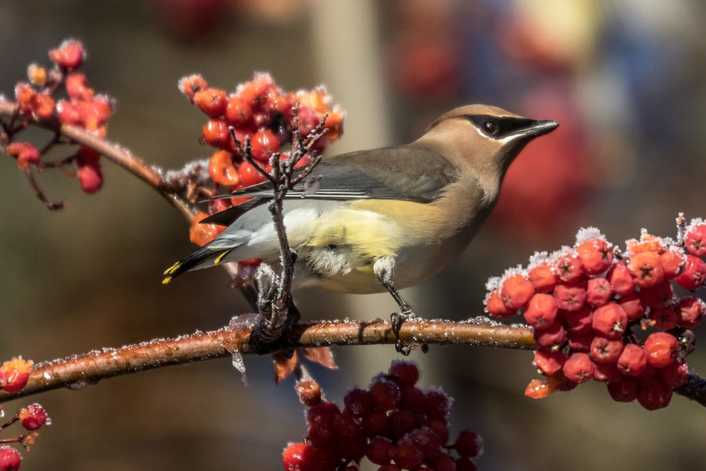
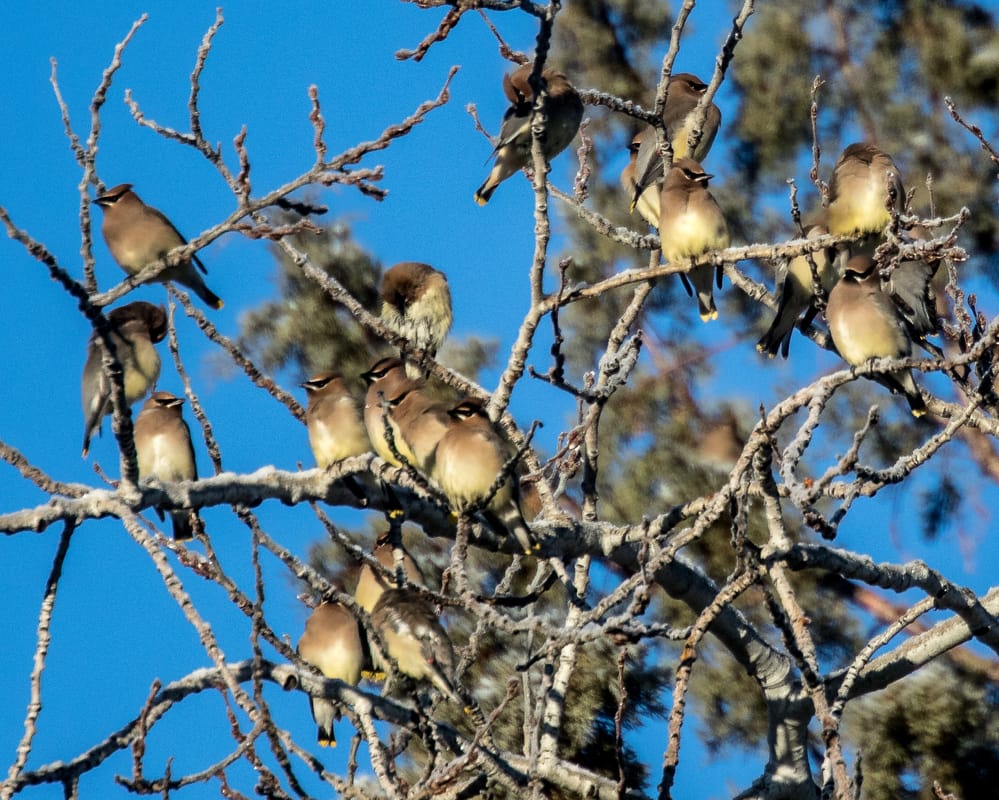
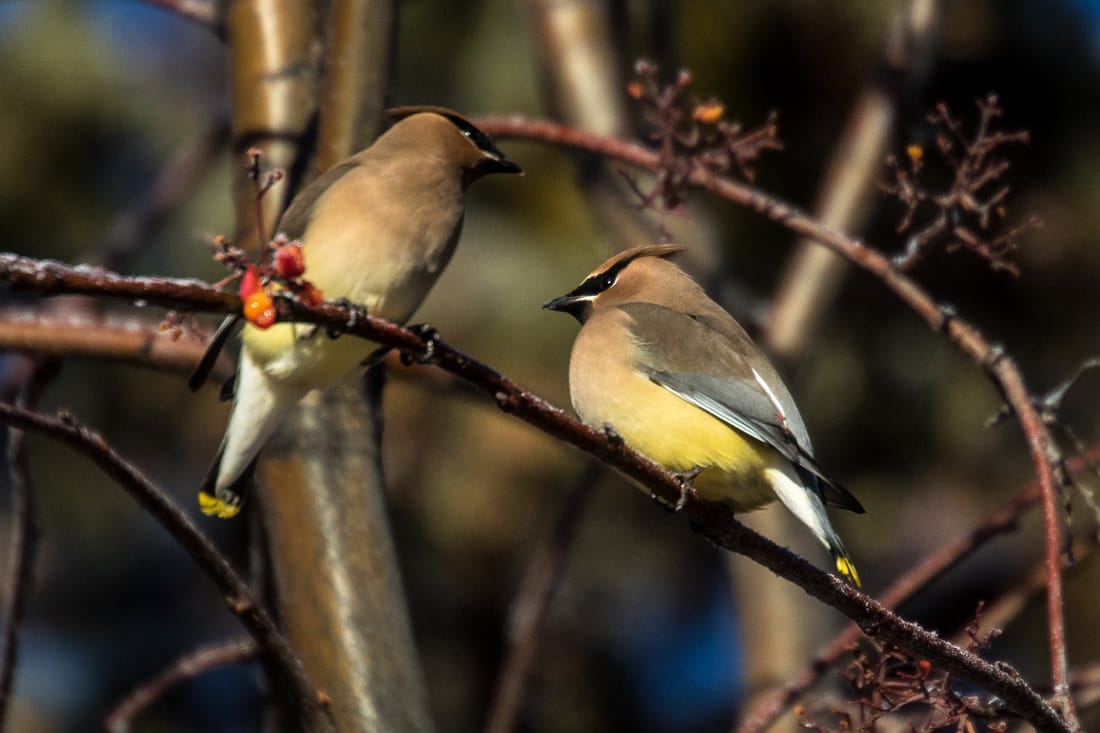








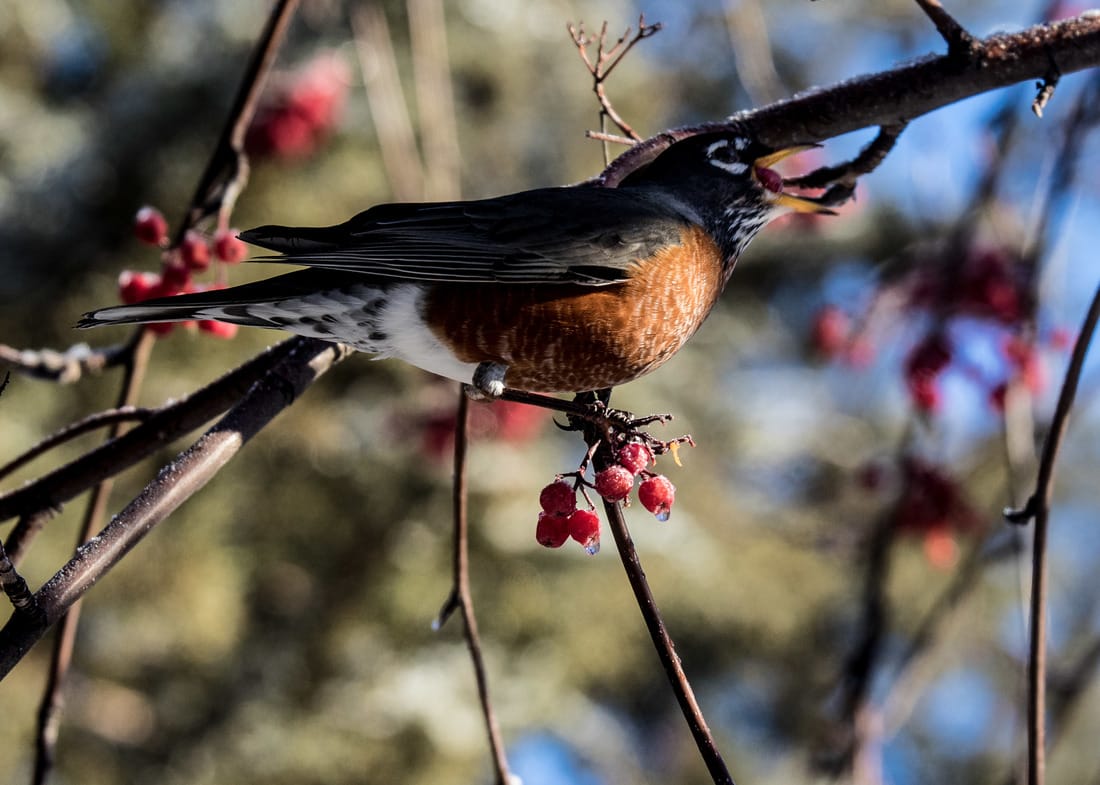


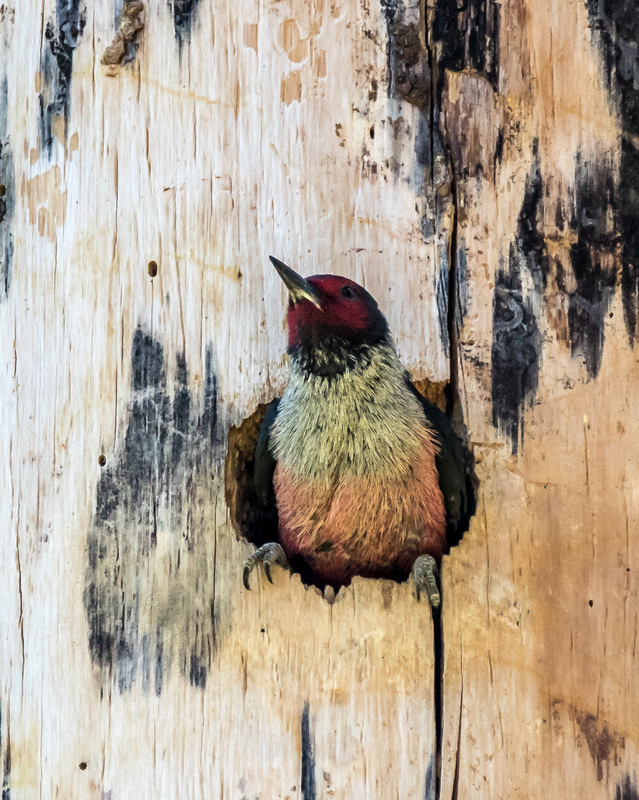





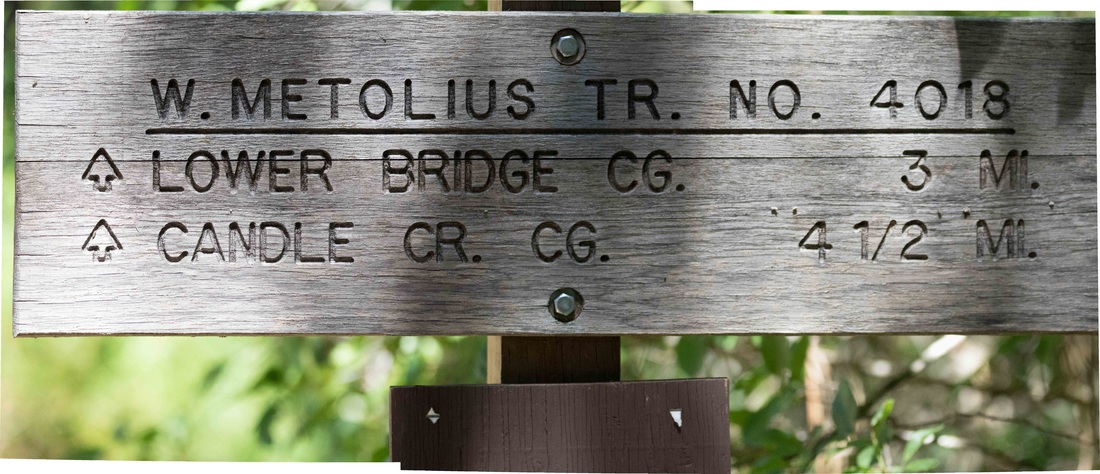




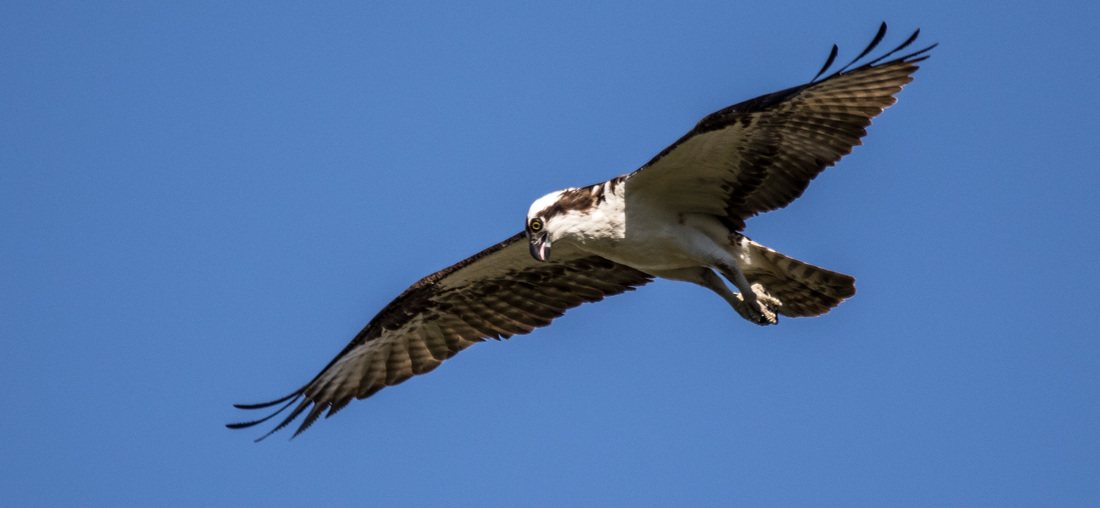


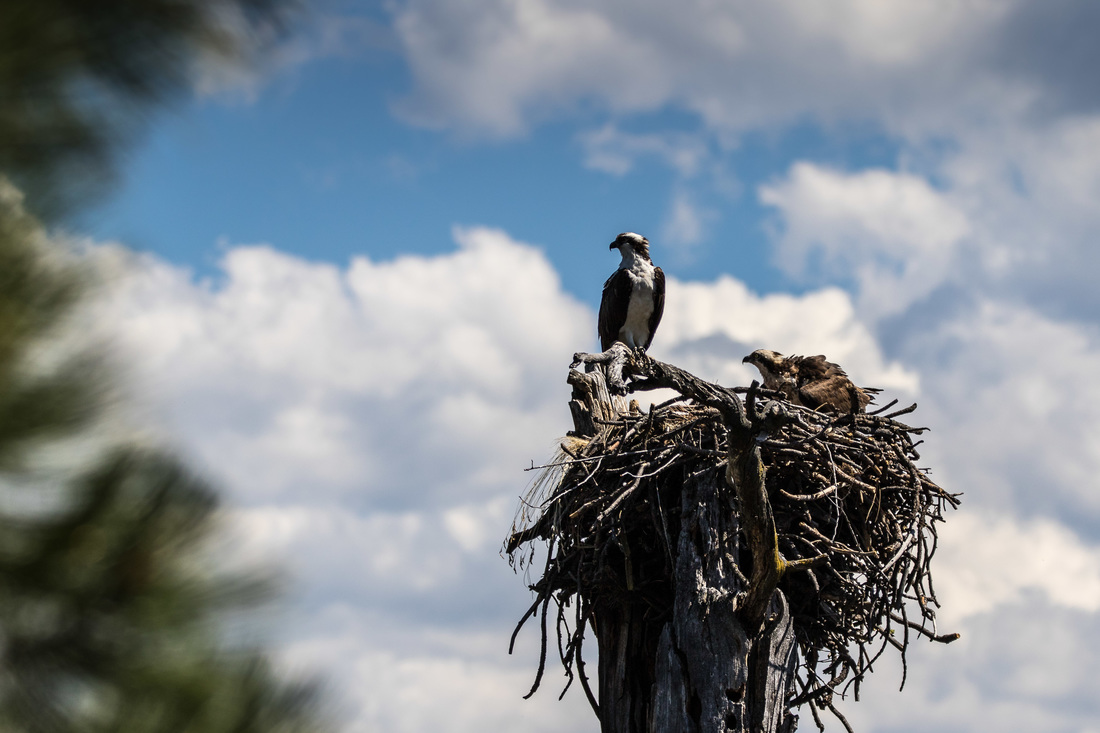
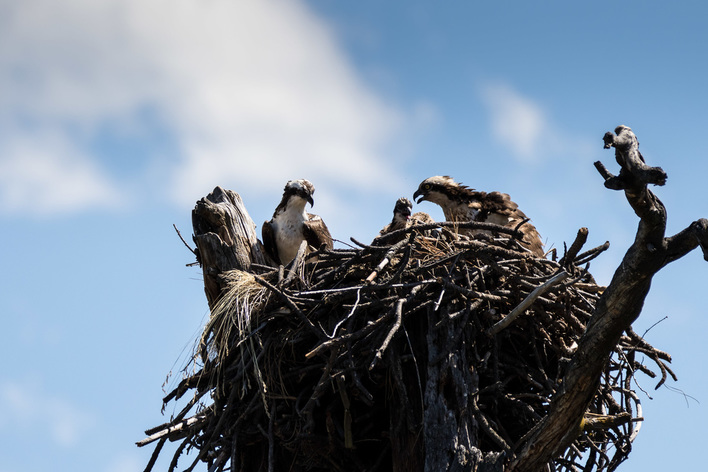








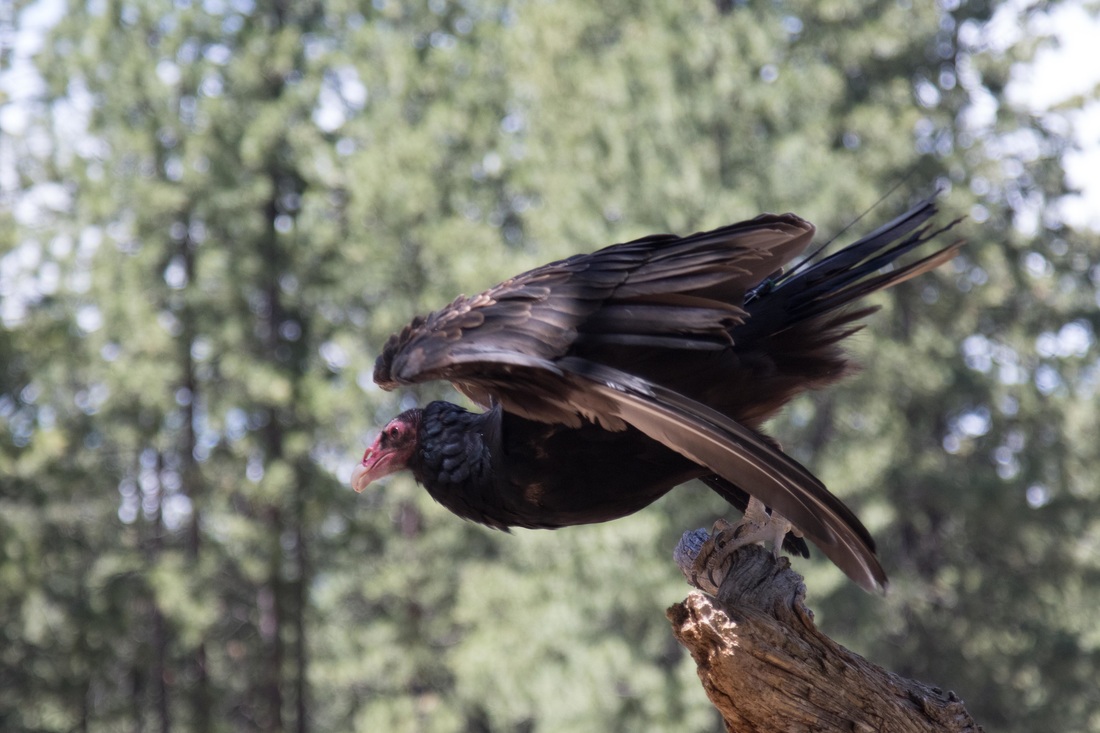


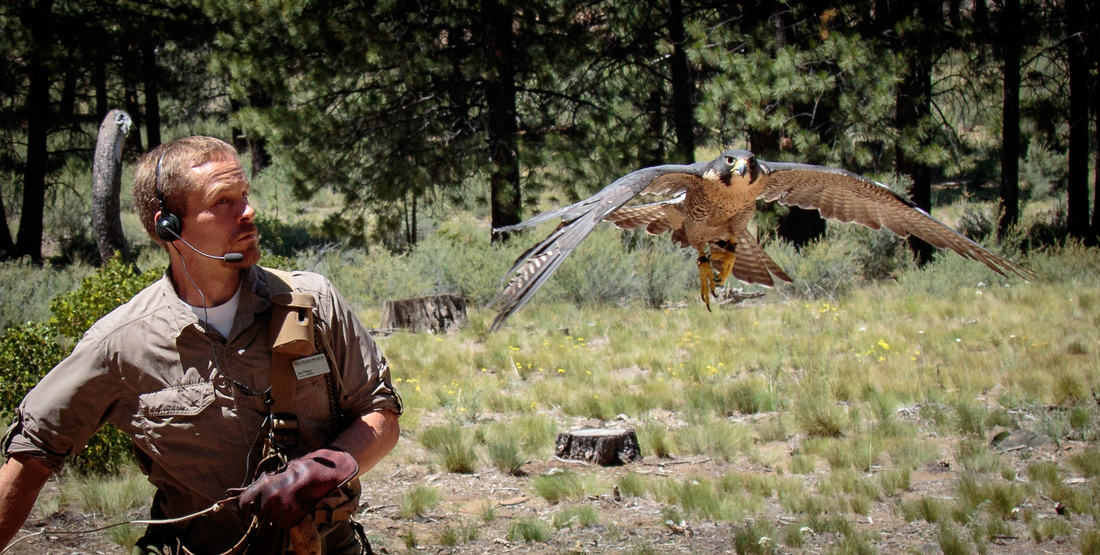
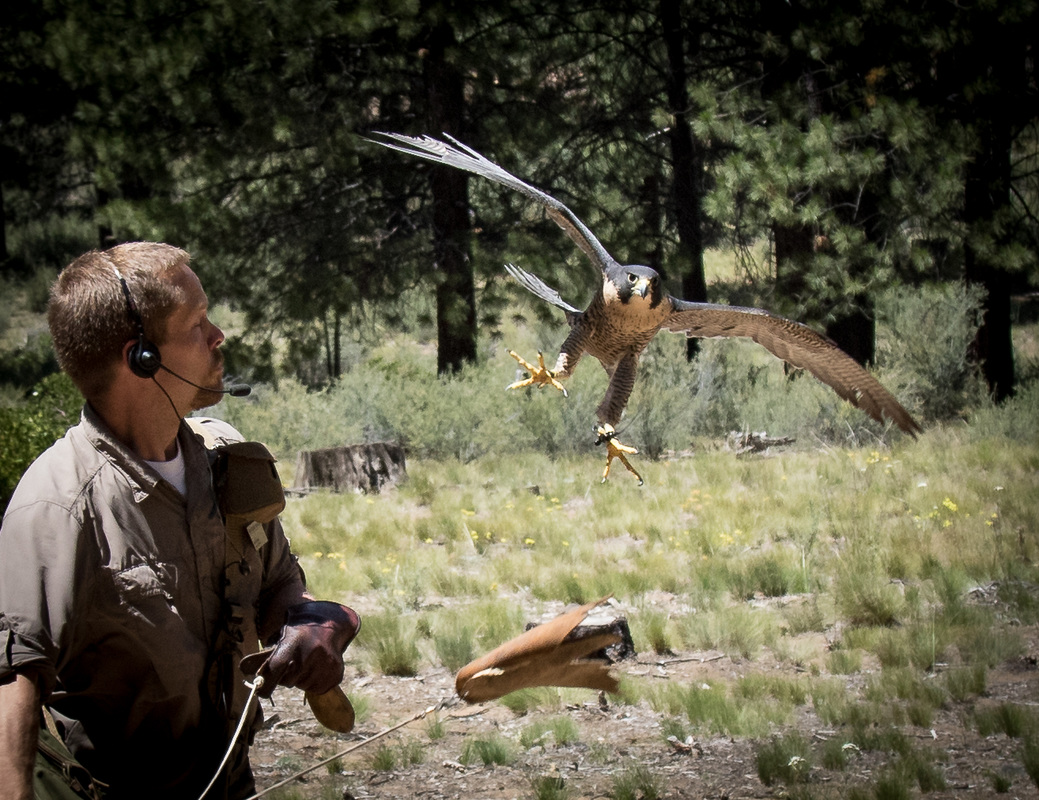


 RSS Feed
RSS Feed